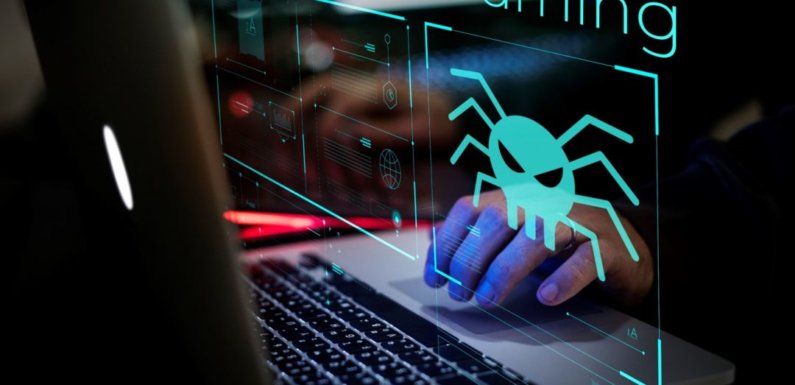
Malicious
software, or malware as it’s commonly referred to, is a program that’s designed
to create an issue or compromise a computer or other devices like a tablet or
phone. You may have heard of different types of malware such as computer
viruses, spyware, Trojan horses, or adware.
These are all different types of software that are
designed to get onto your device and allow people to access your machine or
access your personal information. This is something that we all want to avoid,
and the best way to do this is to know the signs that your device may have been
infected.
Detect the “not-so-obvious” Signs of Malware
Malware
on your computer or device may sometimes be obvious, but often, it’s designed
to be subtle to ensure that it isn’t removed. In many cases, people don’t know
that they have anything malicious on their machine until it starts to behave
strangely.
The first things that you may notice are pop-ups
and new windows appearing even when you aren’t on the Internet. You may also
see that your browser’s homepage has changed, or that the overall performance
of your device or computer has slowed drastically.
How Do Computers Get Hit By Malware?
1. Install malware by accident
Malware usually makes its way onto a machine through being installed accidentally. This may be through clicking a link that triggers a download without you realizing what it is, or maybe packaged up with a download that seems legitimate. When you’re downloading new software, keep a lookout for additional programs like screen savers or toolbars that look harmless, but don’t seem necessary.
2. Expiring trial periods
Most computers have anti-virus software installed when you first get them, but this can often be a trial period. Once this runs out or the software becomes out of date, malware has a much better chance of getting through your computer’s defences.
3. Ignoring warnings
Don’t ignore warnings to update your anti-virus software, and keep an eye on the scans that are being run, making sure to check that they are happening regularly and effectively. If you don’t have any anti-virus software, it’s highly recommended that you install something from a reputable company like Otter.
How to Avoid a Potential Virus Attack
1. Keep your anti-virus software updated
As well as having anti-virus software installed, up to date, and running consistently, the next best defence against malware is knowing how to avoid it.
2. Weekly virus scans
To start with, make sure your anti-virus software is set up to scan your machine weekly, and that any warnings are dealt with. Also, make sure to avoid opening any emails from senders you don’t know, and most importantly, don’t open any attachments in these emails.
3. Enable firewall and additional security
You can also install additional software to create additional walls of protection for your device. This may include firewalls, encryption services, and ensuring that you regularly change the password of any online accounts. This can be done automatically with a program like 1password, which means that no passwords are stored directly on your device.

